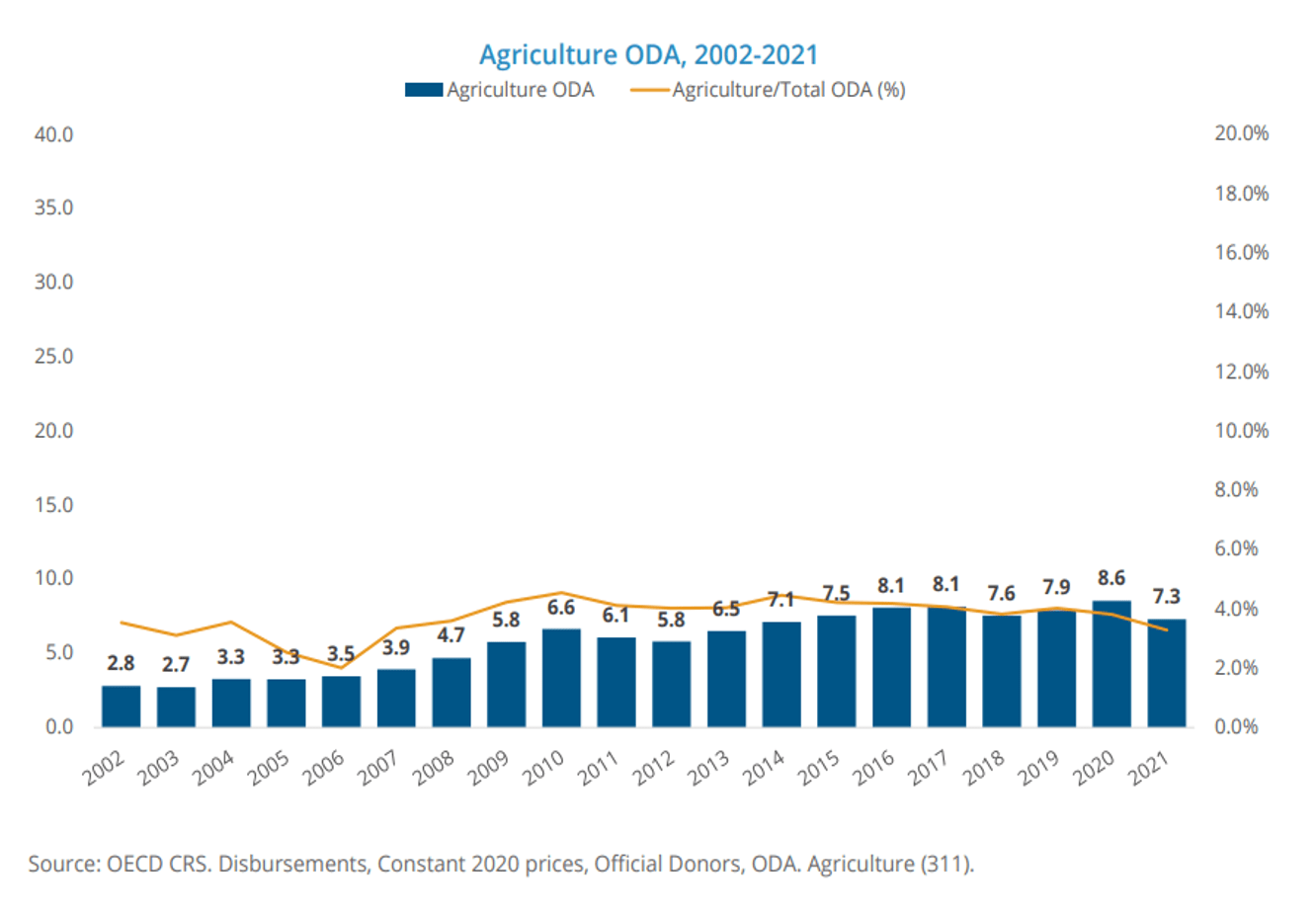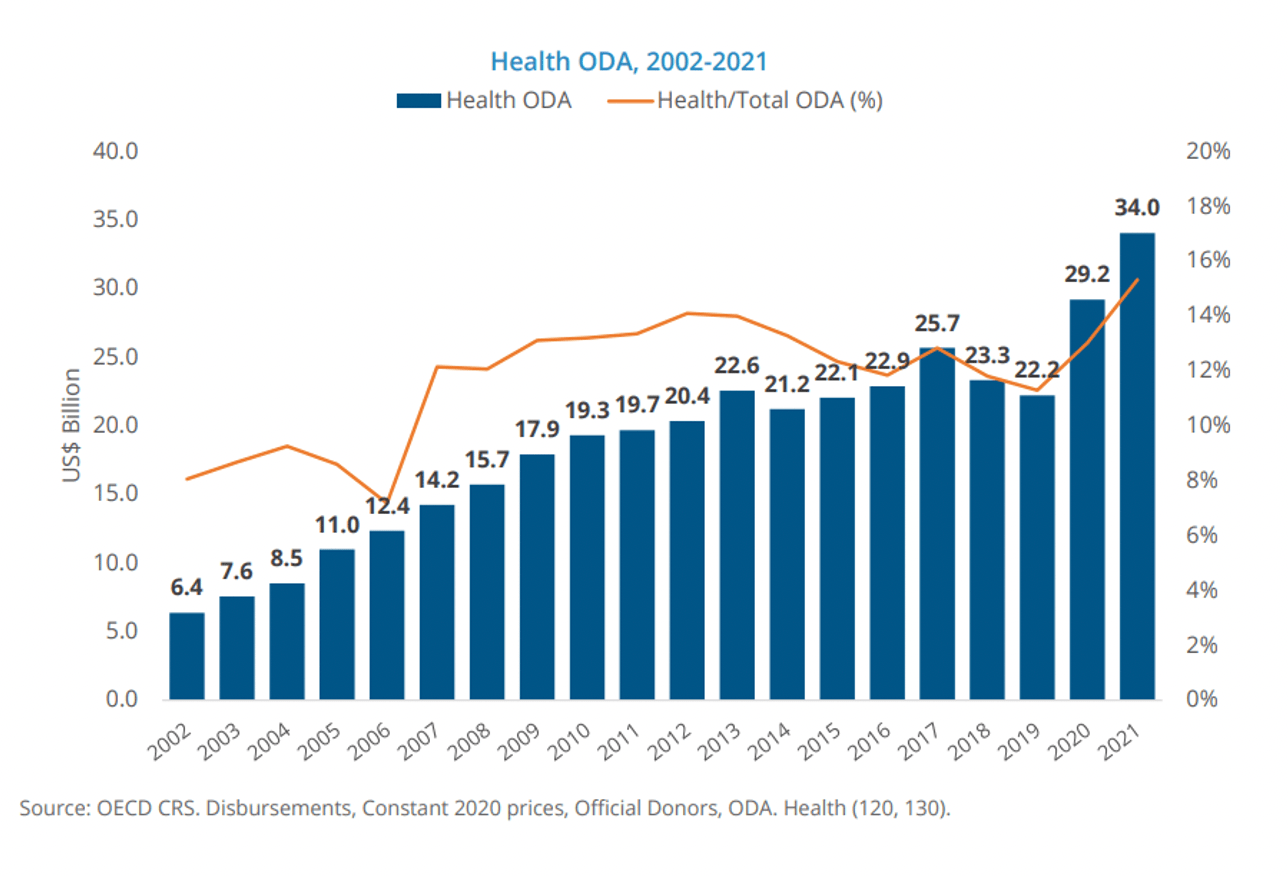Lessons for the food and agriculture sectors: Drawing lessons from global health amid the current food crisis | Brookings
Lessons for the food and agriculture sectors: Drawing lessons from ... Brookings Institution


Global Food Crisis: Lessons from the Health Sector for Sustainable Development
We are in the midst of a global food crisis. The number of people affected by hunger more than doubled over the past three years, from 135 million in 2020 to 345 million in 2023. Global food prices remain well above pre-pandemic levels, with 38 out of 58 countries experiencing food crises reporting food inflation levels of over 10%, making basic foods unaffordable. The crisis is compounded by the crippling debt pressure facing low-income countries while funding to tackle hunger is meeting less than half of the total global needs. With global food supplies dwindling, and the Russian government’s recent decision to suspend participation in the Black Sea Grain Initiative, the situation is expected to get worse.
Introduction
How can the global development community respond? We think one answer might lie outside the food and agriculture sectors—specifically, in the health sector, which has seen dramatic increases in financing, innovation, and coordination, especially in response to global health emergencies, including the COVID-19 pandemic.
Lessons from Global Health Financing
In a new study, based on a literature review, expert interviews, focus groups, and quantitative analysis, we examined potential lessons from global health financing and institutional reforms that might translate to agricultural development and food security. We identified four key ways in which the food and agricultural sectors could learn from global health.
1. Invest in more grant financing
If used for medium-term agricultural development, grant financing could help bridge the gap between short-term emergency support and long-term interventions. A large-scale, dedicated mechanism for grant financing could have the potential to change the food security landscape altogether.
- The global health sector has shown the way. While agriculture official development assistance (ODA) or aid rose from just $2.8 billion in 2002 to $7.3 billion in 2021 (Figure 1), health ODA increased by five times over the same period, from $6.4 billion to $34 billion (Figure 2). The health sector achieved this explosive growth in part due to the launch in the early 2000s of dedicated grant-based mechanisms like Gavi, the Vaccine Alliance (Gavi), and the Global Fund to Fight AIDS, Tuberculosis and Malaria (the Global Fund). These mechanisms pooled resources from private and public donors, introduced new governance structures—engaging low- and middle-income country (LMIC) governments and civil society—and used new approaches to channel resources, such as results-based financing. Multilateral grant ODA following the launch of these two mechanisms has increased more than tenfold (Figure 3).
Figure 1. Agriculture ODA, 2002-2021

Figure 2. Health ODA, 2002-2021
 brookings.edu
brookings.edu

Join us, as fellow seekers of change, on a transformative journey at https://sdgtalks.ai/welcome, where you can become a member and actively contribute to shaping a brighter future.







